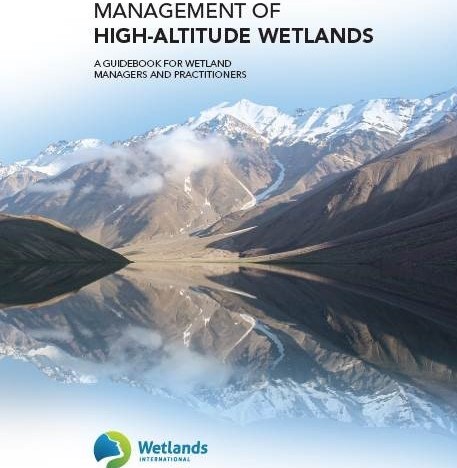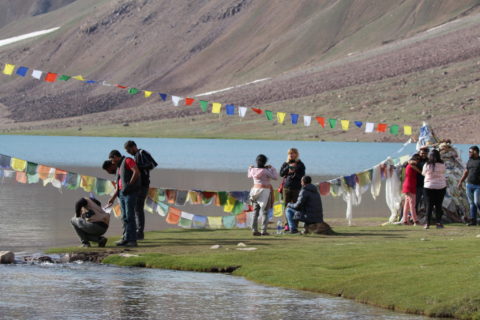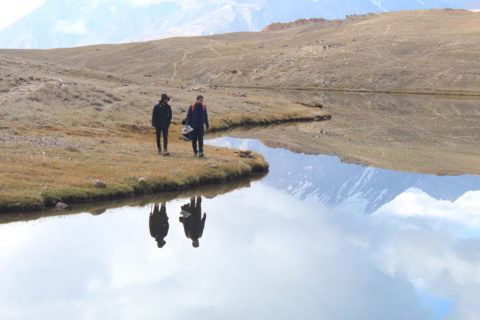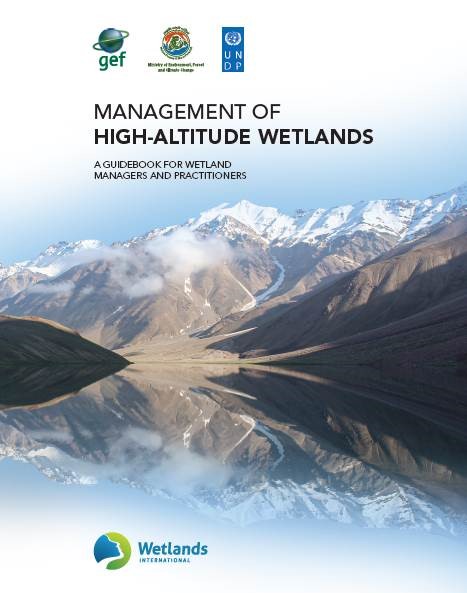
A guidebook on management of High-altitude wetlands for managers and practitioners
-
Integrated management planning
High-altitude wetlands (HAW) are critical for ensuring water, food, climate and livelihood security in the Indian Himalayan region and beyond. These ecosystems are excellent abode for migratory species, and high-altitude biodiversity which depend on these HAW to complete their annual migration cycles.
The management planning of HAW needs to account for their high sensitivity to climatic changes and glacial processes, seasonal human interference, and distinctive biodiversity forms, cultural associations and livelihoods support values. These unique characteristics and governing factors of HAW demand for a differentiated approach for management.
Under the aegis of the GEF – MoEF&CC – UNDP SECURE Himalaya project, Wetlands International South Asia has prepared a peer-reviewed guidebook for management of HAW. The guidebook has been prepared to enable wetland managers and stakeholders in translating the national guidelines and available best practices in setting up an effective management programme for the HAW. The guidebook covers various aspects of HAW management, such as defining management context, setting up a planning process, developing an integrated management plan, implementing, reviewing and adapting management plan. It also provides guidance on the process for designating HAW as a Ramsar site and notifying under the Wetlands (Conservation & Management) Rules, 2017.
The guidebook can be downloaded from the link below:



